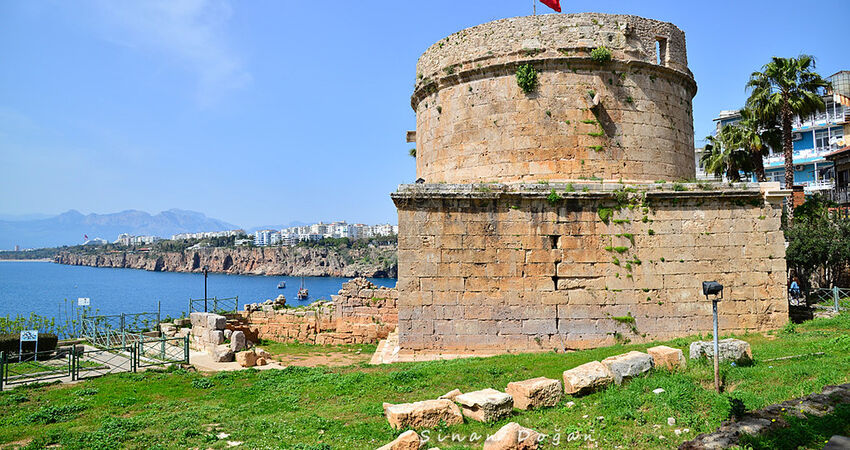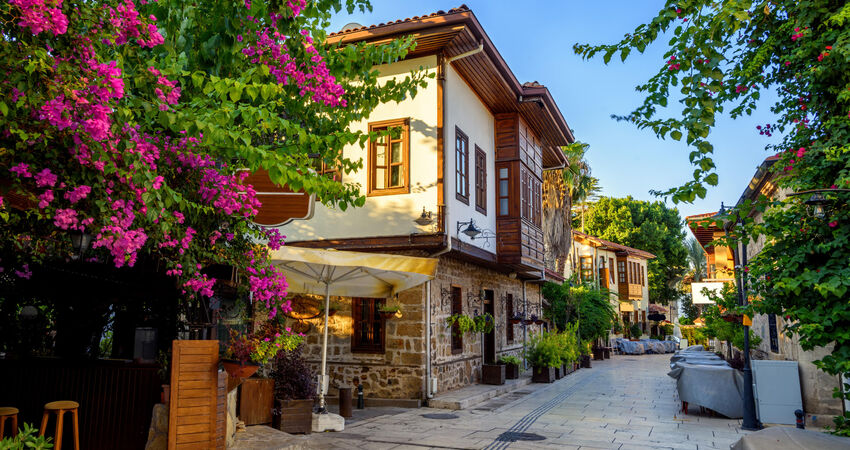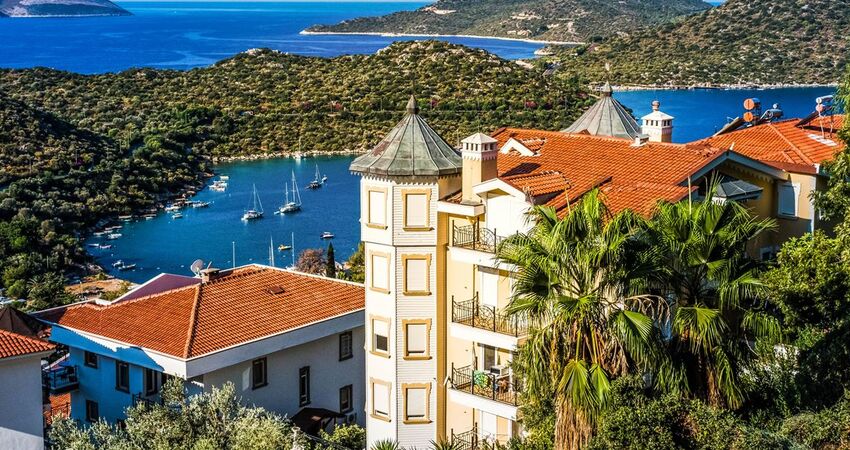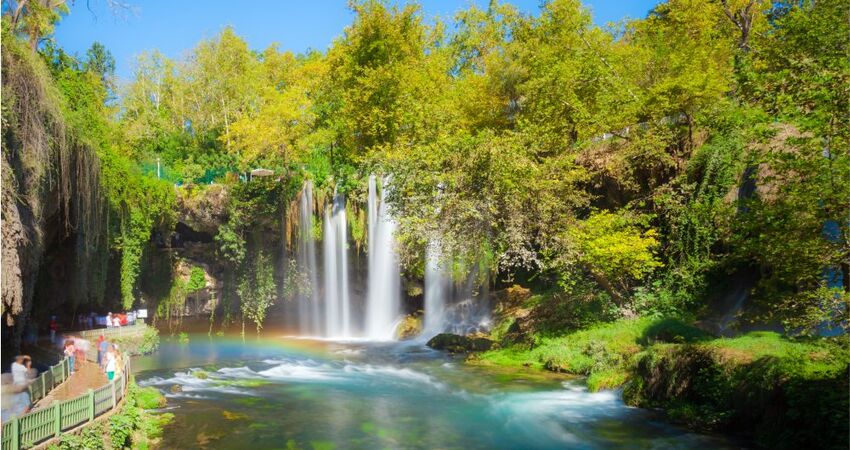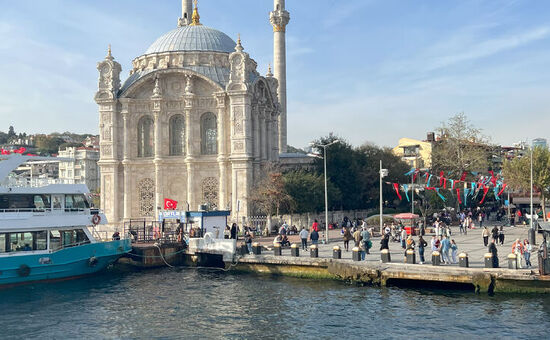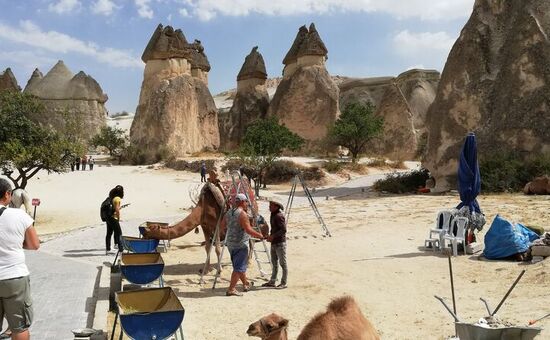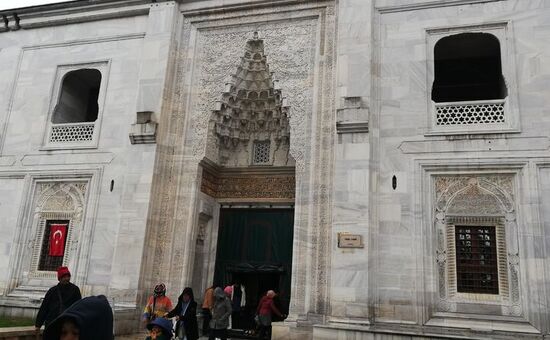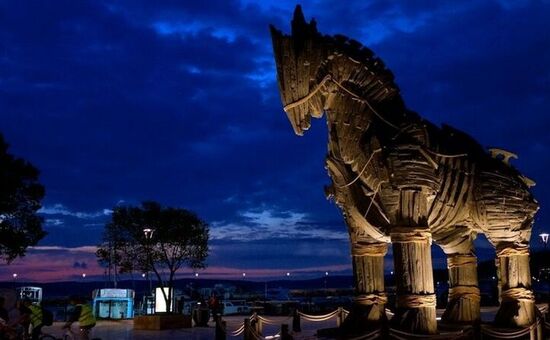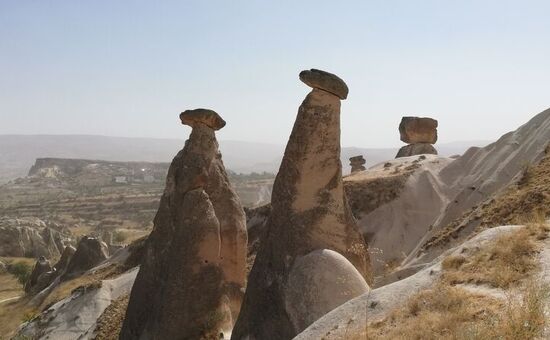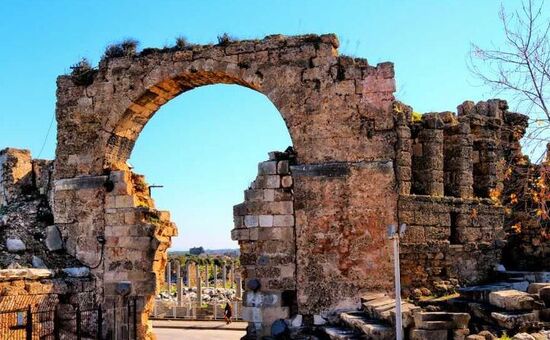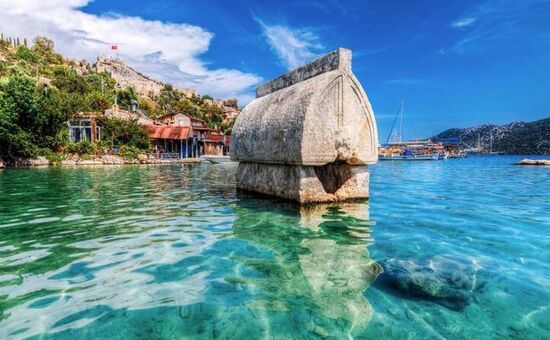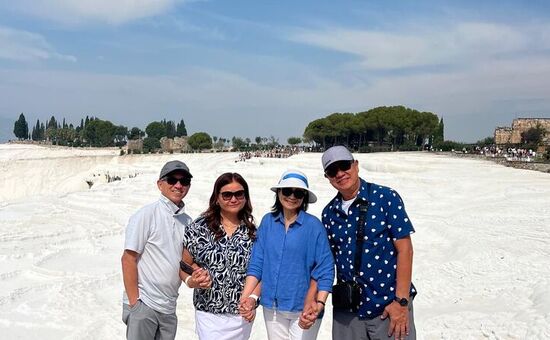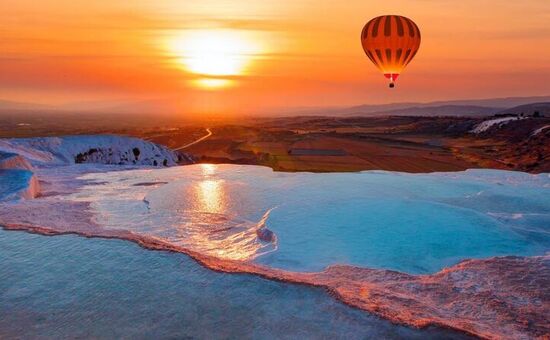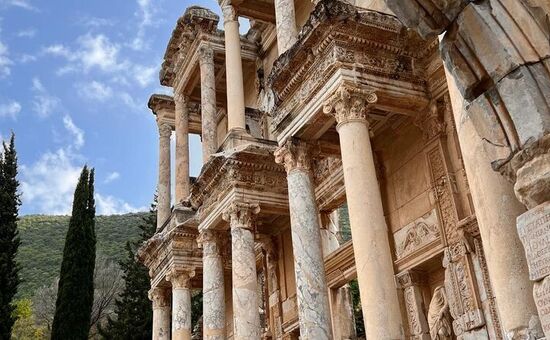Antalya City Tour
Antalya; called the Turkish Riviera, the Touristic Capital of Turkey, the Paradise. It deserves these names by combining the Mediterranean Sea, the close range of the Taurus Mountains, the numerous rivers and waterfalls, the ski resort, long clean sandy beaches, numerous historical sites and many five star hotels lined up on approximately six hundred kilometers of coast line. The well taken care of city, of Antalya itself, is a site worthy to see. It reflects the ancient Anatolian cultures including the Hittite, Lycian, Persian, Hellenistic, Roman, Byzantine, Seljuk, and Ottoman and is one of the prominent provinces of the modern Republic of Turkey. The city was named after the founder King Attalus II, King of Pergamum as Attaleia and the present name of Antalya is derived from that through the ages. Antalya is also an agricultural center with suitable climate, plenty of water from numerous rivers and green houses. Citrus, bananas, a variety of vegetables and fruit, cotton, corn and grain are some of the crops. It is also a good base for visiting the sites around it. Starting from the east consecutively: Alanya, Side, Manavgat waterfall, Aspendos, Kanyon, Selge, Sillyum, Perge, Kursunlu waterfall, Duden waterfalls, Termessos, Karain Cave, Phaselis, Olympus, Myra, St. Nicholas` (Santa Claus) Church, Kekova, Antiphellos, Xantos and Sagalassos are some of the sites within close range of Antalya. The Karain Cave has been a dwelling for the human race since the Neanderthal man and with the other historical sites in the region, it gives us a continuous record of the culture of the human race from the beginning. Alexander the Great has come here on his long expedition and the Konya Seljuk`s have used the region for their resort palaces. The antique name of the region, Pamphylia (the land of various people), reflects it`s meaning today with its approximately ten thousand European citizens, other than the historical mixture of the people, from all races and religions.
Old City - According to old travelers, the old city of Antalya was surrounded by walls from both the land and the sea side (port side). It was also divided internally to four sections between races and religions by walls. Hidirlik Tower, Hadrian`s Gate and the Clock Tower are what remain of the ancient walls. What remains of the harbor a wall is quite impressive. They also report that it was surrounded by gardens and vineyards and that it was a busy trade center exporting goods to Egypt. The area that was within these city walls is now called the old city (Kale Içi). The old city still reflects the late Ottoman period quite well. The narrow streets show houses heavy with lattice work windows overhanging into the streets. They face one another as if reminding us of the heavy gossip of the old days that were exchanged across those narrow streets. These quaint streets lead down to the antique harbor which has been restored as a marina now. A good number of these houses have been restored and are serving various purposes, i.e. Pensions, hotels, bar restaurants, souvenir shops etc.
PLEASE ASK FOR PRIVATE TOUR PRICE
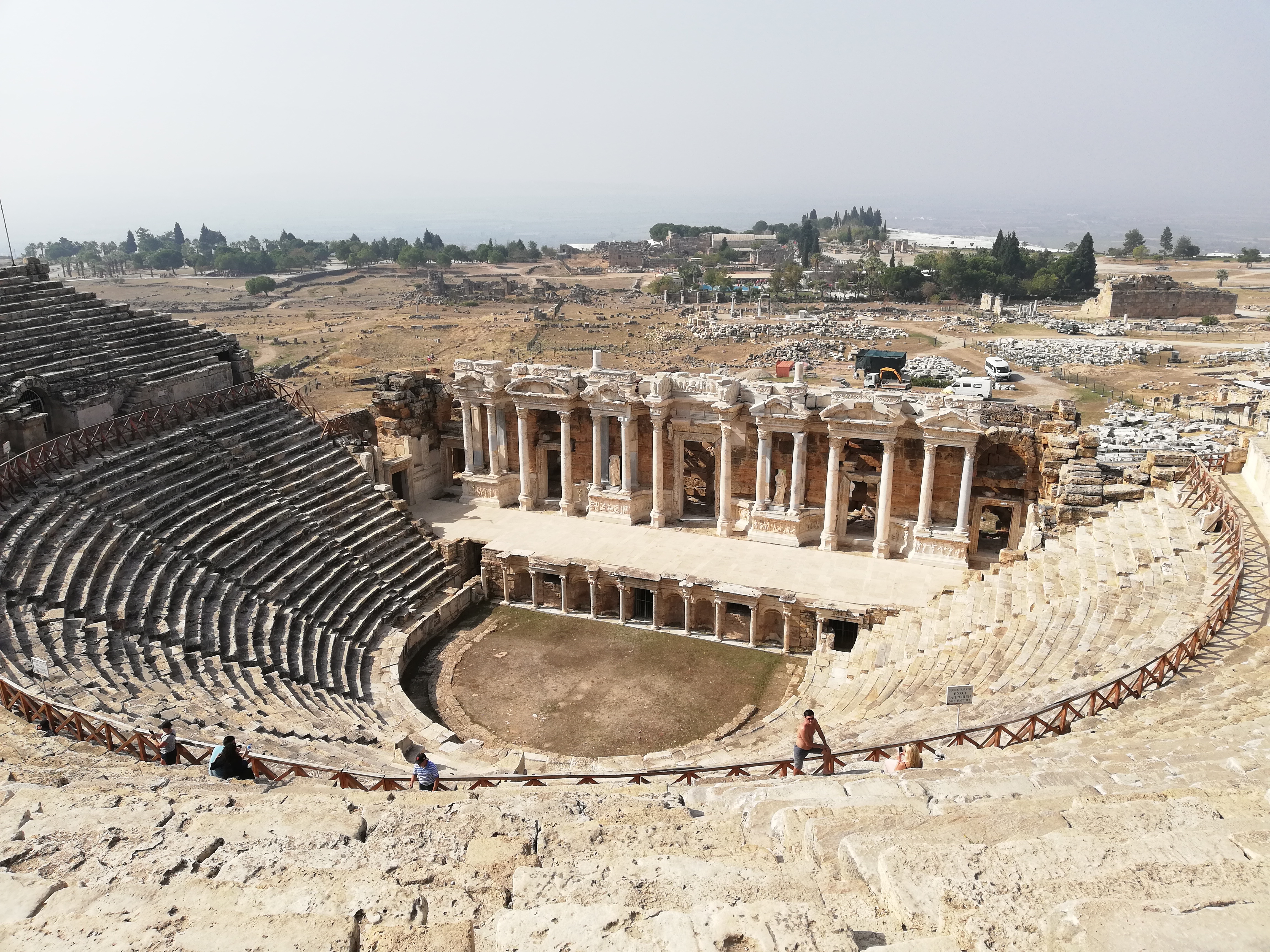
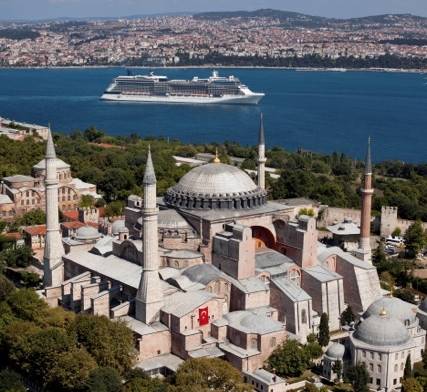



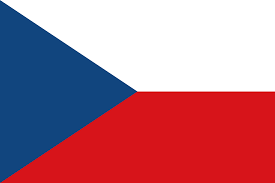 CZ
CZ HI
HI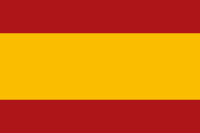 ES
ES IT
IT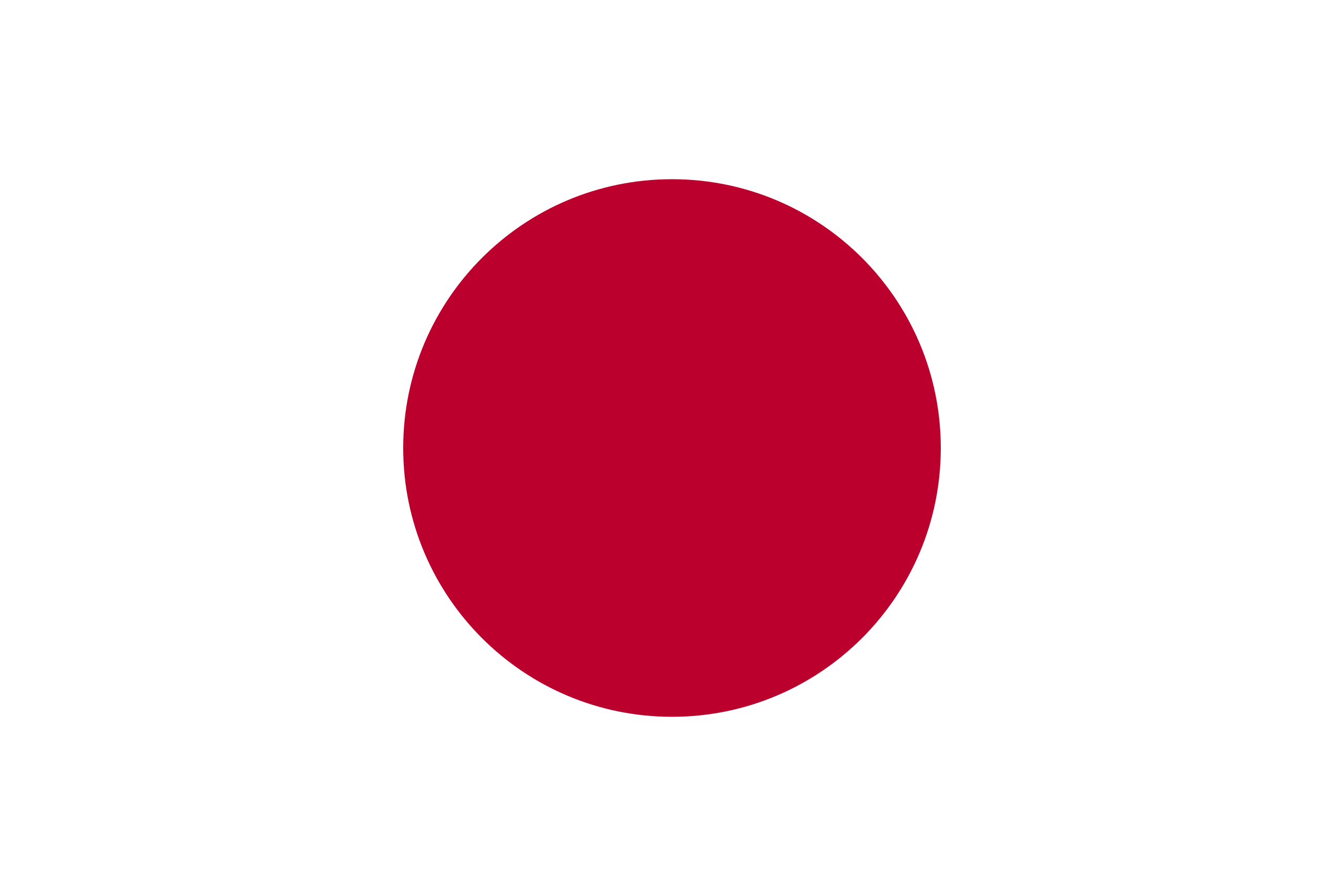 JA
JA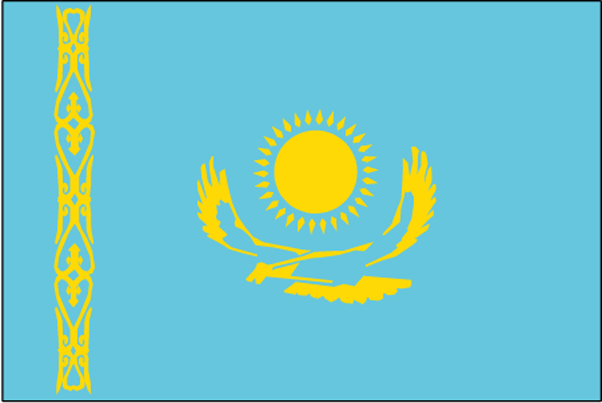 KAZ
KAZ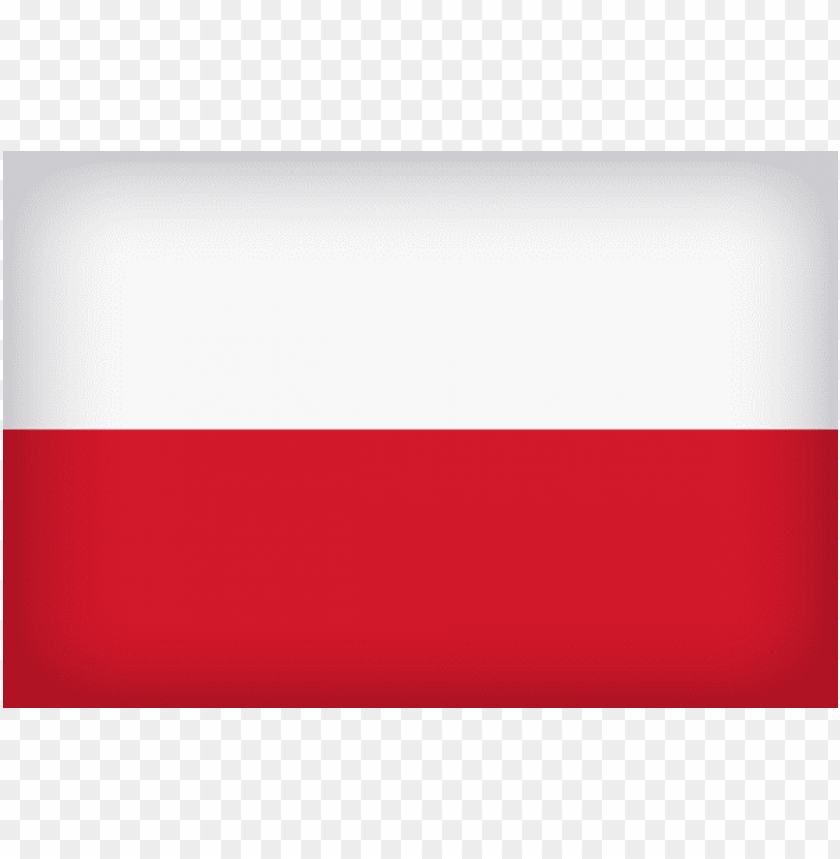 PL
PL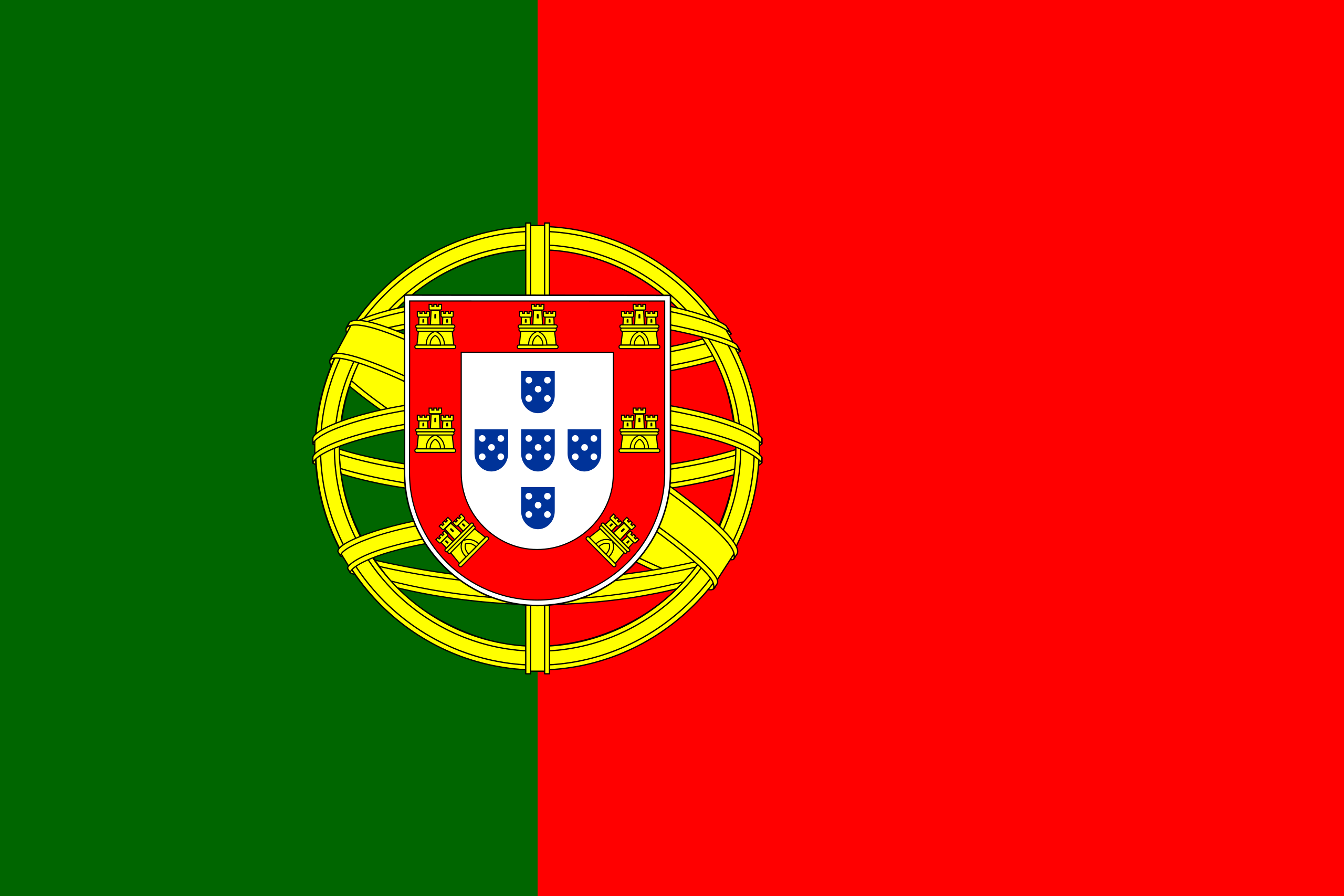 PT
PT RU
RU TR
TR